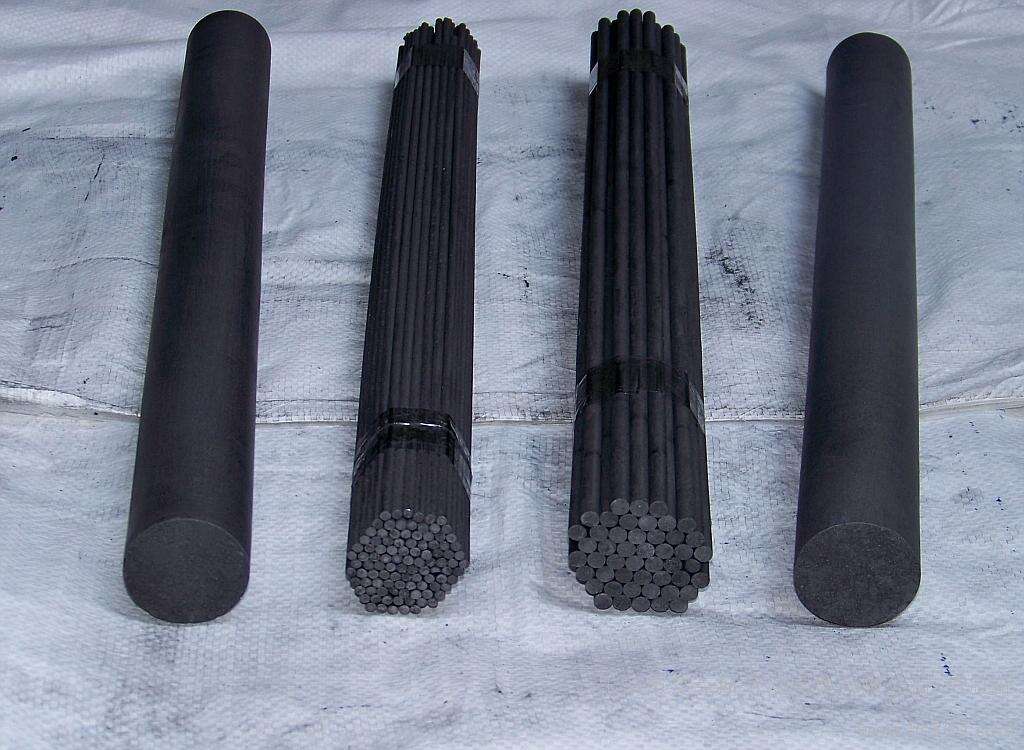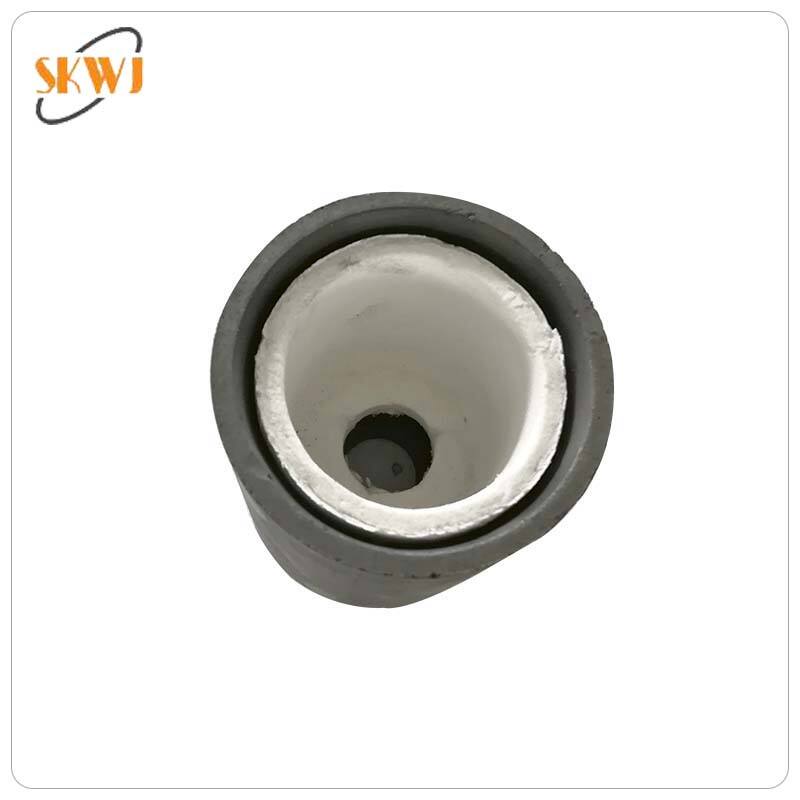clay graphite crucible
Clay graphite crucibles represent a cornerstone in metal melting and casting operations, combining traditional ceramics with modern engineering. These vessels are manufactured through a meticulous process that blends high-quality clay with premium graphite, resulting in a robust container capable of withstanding extreme temperatures and harsh chemical environments. The crucible's composition typically consists of 40-50% graphite content, which enhances its thermal conductivity and resistance to thermal shock. Their primary function lies in melting and holding various metals, including precious metals, aluminum, copper, and their alloys, at temperatures reaching up to 1500°C. The graphite component significantly improves the crucible's thermal efficiency, while the clay matrix provides structural integrity and chemical resistance. These crucibles feature a carefully designed wall thickness that balances heat transfer with durability, and their surfaces are typically treated to prevent metal adhesion and extend service life. In industrial applications, clay graphite crucibles are essential in foundries, jewelry manufacturing, and metallurgical laboratories, offering reliable performance in both continuous and batch melting operations.





